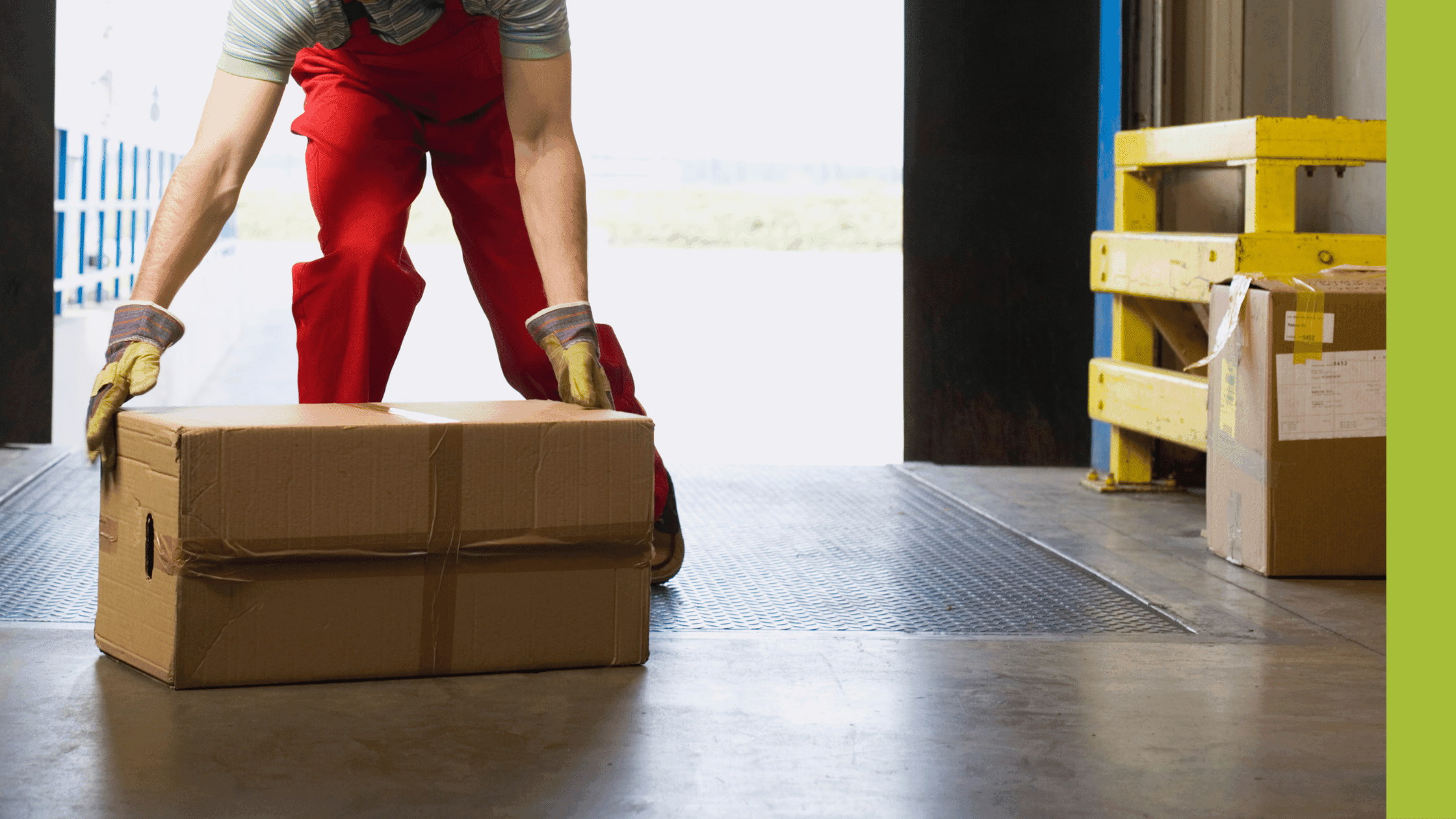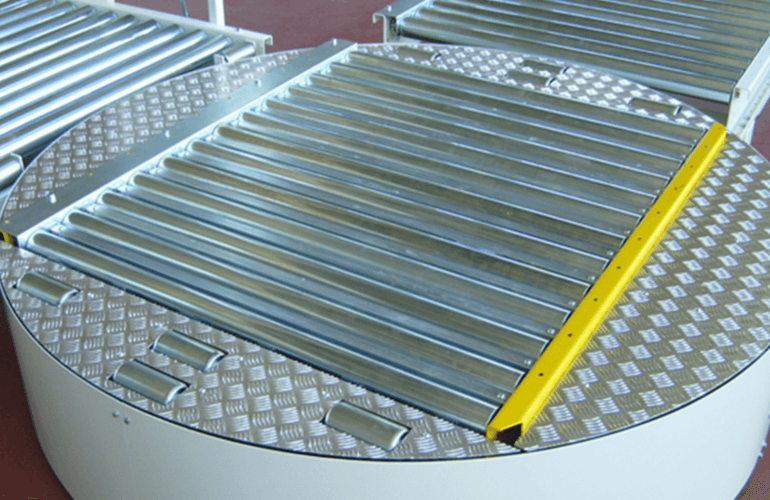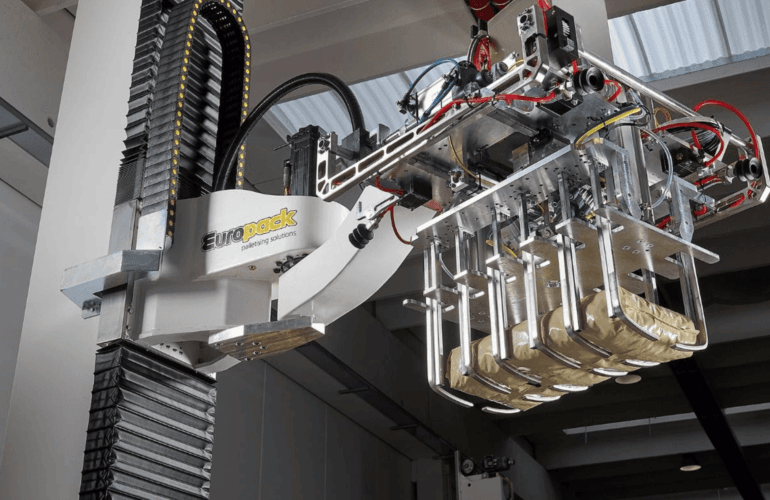A national labour shortage, climate change, and soaring costs are among some of the pressures facing the food handling and storage industry right now. These businesses, like many others, are turning to automated machinery to help them weather the storm.
In this blog, we examine the trend towards automation and its potential outcomes.
Automation in food handling
Automated machinery from conveyors to ‘pick and place’ robots and AGVs (automated guided vehicles) are all being used in food handling and storage to help lighten the load.
Automated mobile robots (AMRs), for example, are used to pick products from the conveyor and pack them in pallets at the end of the production line. Automating this part of production frees up a person who can use their time elsewhere in the business.
This stops businesses having to rely on a large workforce and reduces their overheads substantially. Not only does this solve the problem of a national shortage of skilled and unskilled workers, but it’s also having a positive impact on staff health and safety.
How is the workforce benefiting?
Far from being a threat to the workforce, automated machinery is – in part – designed to take away the burden of heavy lifting.
According to industry magazine, Food Manufacturer, 1.6% of workers in warehousing suffer from musculoskeletal disorders which are a result of the strenuous lifting and carrying that comes with the job.
This is particularly pertinent to the food handling industry where products can weigh a significant amount. Using machinery to do the heavy lifting in place of people has the potential to reduce health and safety incidents.
Those team members who were once working in potentially dangerous environments, like loading bays where HGVs and forklift trucks are operating, can be moved to a safer location in the business.
What’s more, automated mobile robots can be safely programmed to work side-by-side with colleagues who have to be on the shop floor.
The trend towards automation
Automation is likely to lead to a number of positive outcomes for the food handling and storage industry. The first is a reduction in labour and operating costs – welcome news for businesses struggling with a sharp increase in their bills.
The second though is an outcome that might surprise some people, and that’s an increase in staff retention. By automating manual and repetitive tasks, the human workforce is free to be used in other ways where they are less likely to be injured.
“The food handling and storage industry is a great example of how using machinery can help businesses tackle the problems they are facing in an innovative way,” said Dave Wood, Managing Director at PALpack.
“Europe still has some catching up to do when it comes to adopting automation, but the food industry is starting to realise the positive impact that it could have on its bottom line.”
According to the International Federation of Robotics, the number of robots sold to the food and beverages industry increased by 24% in 2021 – and overall, sales in Europe went up by 15% to reach 78,000.




